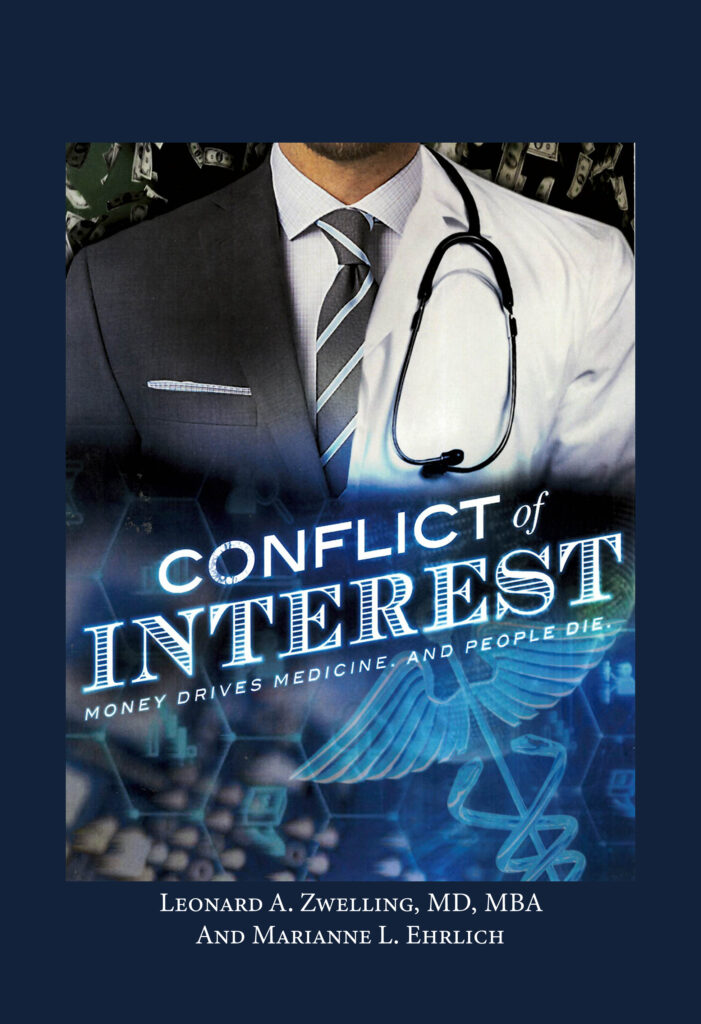Cambodia, Angkor Wat, and Tuk Tuks: We Almost Didn’t Make It
By
Leonard Zwelling
Our stay in Viet Nam was coming to a close. We transferred to Saigon’s airport for the one-hour flight to Siem Reap in Cambodia. But we had a major hiccup.
Our flight was slated to be Vietnam Air VN 3825, but it turns out we were flying on a plane operated by Cambodia Angkor Air and that was a problem.
To get into Cambodia, much as is the case for Viet Nam, one needs to buy a visa at the airport. (American dollars happily accepted). The border staff takes the money and inserts a large stamp that covers a page in your passport labeled “VISA.” Unfortunately, the BWs empty pages, of which she just had the two needed for Cambodia and Thailand, were not labeled “visa” for some reason and the check-in personnel were not going to let her on the plane. It took an hour and a half of waiting and negotiation for them to finally give her a waiver that she had to sign. It said that, despite her having the open pages on her passport, if the border guards in Cambodia would not sell her a visa, it wasn’t the fault or the responsibility of Cambodia Angkor Air to get her back to Saigon or anywhere else either. Like home. I kid you not.
Suffice it to say that the guards at Siem Reap, Cambodia were more than happy to sell her a visa and stamp the blank page. The staff in Saigon was just being nasty. Very Communistic. Very beaurocratic. Very Soviet. I know. What did I expect?
We made it through with our luggage and met our guide who drove us to the Joya House River Side Hotel. We traversed some really run down parts of Cambodia to get there. We were concerned that our hotel would be in a seedy part of a seedy town. If Viet Nam is ten years behind Thailand, as we were informed by the Italian manager of the last restaurant we visited in Saigon, Cambodia is ten years behind Viet Nam. And it looked it.
As we passed from the airport through the rundown parts of what appeared to be a third-world country, we got to the riverfront and the place began to look up with better storefronts and some lovely hotels. Ours was one of them. In fact, it is one of the finest hotels at which I have ever stayed.
To get around Siem Reap requires some mode of transportation. There are cars, mostly Japanese or Korean. There are the ubiquitous motor scooters here as there were in Viet Nam. Then there’s the tuk tuk. This is a motorcycle pulling a four-seat small carriage that is used by tourists to get around the city. The hotel provides this service for free.
And everything we buy here seems free as well. The working currency is the US dollar and prices are ridiculously low and negotiable, especially in the huge open-air market called the Night Market that rolls out as the sun sets.
Tee shirts, art work and souvenirs are for purchase. You can get your feet cleaned by sticking them in a tank of fish-filled water. The fish nibble on your toes to clean away the dead skin. At least that’s the theory. Our cousin the podiatrist with whom we are traveling informs us that he has seen horrible infections in people employing this form of skin removal from feet. None of us volunteered.
You can also eat snake, scorpion, spider and a host of other delicacies, all on a stick, if you have the courage to do so. I did not.
The following day we got to see what we came here to see—Angkor Wat, the old ruins of a Hindu then Buddhist temple that takes up a huge expanse of space. It is a world heritage site and one of the largest tourist attractions in Southeast Asia. We also visited a larger ruin called Angkor Thom, the remains of an ancient city that is far larger than Angkor Wat but not preserved as well. Apparently it was built with inferior materials and has not weathered the hundreds of years as well as Angkor Wat.
After dinner, we had to see what the slick modern mall called the T Galleria was all about. What it is all about is separating Chinese tourists from their money. It is a department store-like structure with counter after counter of famous brand name goods (Polo, Dior, Tiffany) priced to sell to Chinese nationals, but not to Americans who can pay those absorbitant prices in Houston. Things like these goods are pricier in China than in the U.S. This is a mall for them, not for us. And in that is a tale.
There are probably more Chinese touring Cambodia than there are Americans or Europeans if the groups at Angkor Wat are indicative. It has been fascinating to learn of the hatreds that still exist among the people of the region. The Cambodians hate the Vietnamese. The Thais and Cambodians are at odds. But everyone can agree on one thing, No one likes China. It is precarious here with these small countries trying to improve on their own yet having a dominating force to the north.
I will write a bit more about the attitude toward China among the people of Southeast Asia. It is no kinder than the attitude of the current occupant of the Oval Office toward China. Each of the countries of this region are trying to break free of outside influence and stand on their own. It is a challenge and a process in the making.




